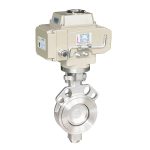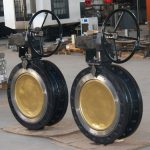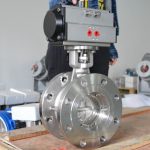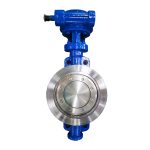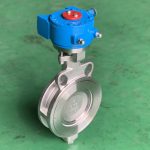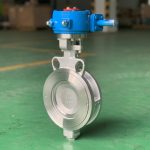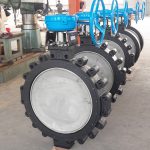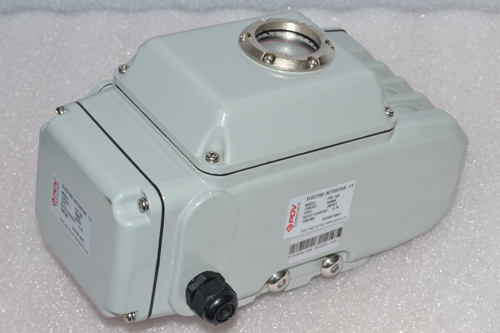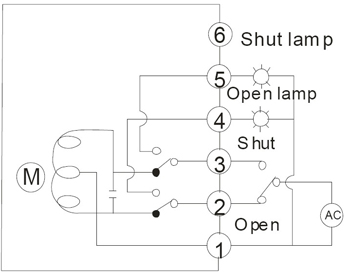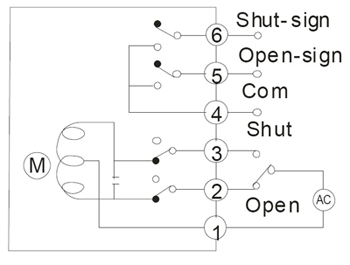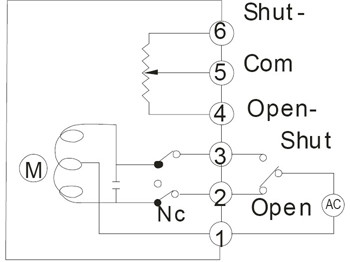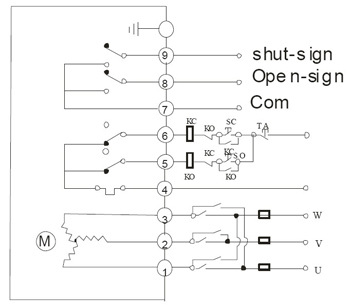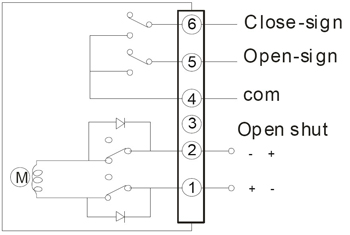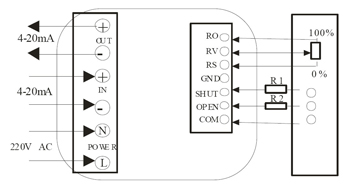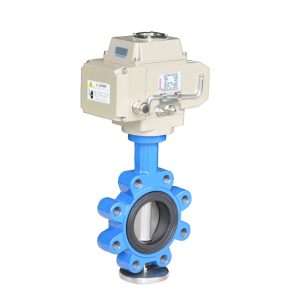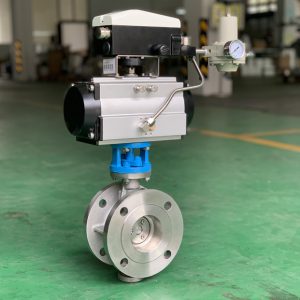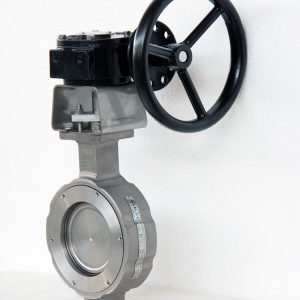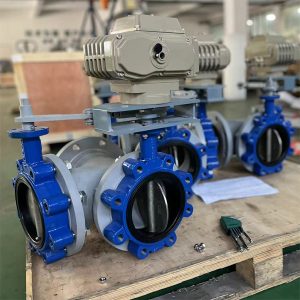Description
Electric triple offset butterfly valve
The Electric Triple Offset Butterfly Valve is a highly reliable and efficient solution for process flow control in a variety of industries. This advanced double offset butterfly valve technology features a zero-leakage design, ensuring optimal performance and minimal maintenance requirements. With its robust construction and intrinsic fire safety, this valve is an exceptional choice for applications in Oil & Gas, Chemical & Coal, Petrochemical, Desalination Plants, Waterworks, Fossils, District Heating, Nuclear, Iron & Steel, Mining, Automotive, Shipyards, and Aerospace industries.
Key Features
- ISO 5211 Mounting Bracket: Enables easy mounting of actuators for safe and efficient valve operation.
- Triple Offset Design: Offers superior sealing performance and prolonged service life through its ellipsoidal sealing geometry.
- Zero Leakage: Provides a bubble-tight shut-off, ensuring that there is no rubbing during 90-degree rotation across various pressure and temperature conditions.
- Inherently Firesafe: Designed to prevent fire hazards, further enhancing the safety and reliability of the valve.
- Durable Construction: Features a metal seal ring made from Duplex material and a highly wear-resistant Stellite grade 21 seat, ensuring prolonged superior tightness.
- Interchangeable Design: The single-piece cast body complies with ISO 5752, ASME B16.10, and API 609 double-flanged short pattern standards, guaranteeing easy interchangeability with other valve types.
Applications
The Electric Triple Offset Butterfly Valves is widely utilized in numerous industries for its exceptional performance, flexibility, and durability. Some common applications and industries include:
- Oil & Gas: Provides reliable flow control and leak prevention in refineries and transmission pipelines.
- Chemical & Coal: Delivers safe, precise, and leak-free operation in chemical processing plants and coal mining operations.
- Petrochemical: Offers a high level of operational efficiency and reliability in petrochemical processes.
- Desalination Plants: Ensures optimal water flow control and minimal leakage in water
FEATURES
- ISO 5211 bracket for easy mounting of actuators
- Triple offset and ellipsoidal sealing geometry
- Bubble tight shut-off
- Inherently firesafe by design
- A metal seal ring in Duplex and a highly wear-resistant Stellite grade 21 seat ensure prolonged superior tightness
- Single piece cast body with face to face dimensions to ISO5752, ASME B16.10 and API 609 double flanged short pattern, guarantees interchangeability with other valve types
- Extensively hardened bearings, incorporating a standard reinforce, braided, flexible graphite bearing protector, ensure increased reliability
- Blowout proof devices on shaft keep sure safety of shaft operating
- Pin-less shaft to disc connection makes the valve convenient for parts replacement and reliable even under corrosion
| Connection | Double flange |
| Size | 3″-80″ for PN10,PN16,Class150; 3″-48″ for PN25,PN40,Class300; 3″-24″ for Class600 |
| Pressure | PN10,PN16,PN25,PN40,Class150,Class300,Class600 |
| Flange standard | ASME B16.5 Class150,Class300,Class600; EN1092 PN16,PN25,PN40 |
| Face to face | ISO 5752, ASME B16.10, API609 Double flanged short pattern |
| Pressure test | API 598, ISO 5208 Rate A, ANSI B16.104(ANSI/FCI 70-2)Class Ⅵ |
| Temperature | -29°C to +538°C |
| Operator | Lever,Gear box, Pneumatic actuator, Electric actuator |
| No. | Part name | Material | |
| 1 | Body | WCB | CF8M |
| 2a | Disc | WCB,CF8 | CF8M |
| 2b | Disc sealing | UNS31803(duplex)+graphite | |
| 2c | Disc sealing retainer | SS304 | SS316 |
| 2d | Disc sealing retainer screw | SS304 | SS316 |
| 3 | Seat welded surface | Stellite Gr.21 | |
| 4 | Shaft | 17-4 PHSS,1.4462 | |
| 5 | Packing gland | CF8 | |
| 6 | Bottom cover | Same as body | |
| 7 | Cover seal | Graphite | |
| 8 | Thrust washer | SS316 | |
| 9 | Bracket | WCB | CF8M |
| 10 | Retaining ring | SS304 | |
| 11 | Packing | RPTFE, Graphite | |
| 12 | Packing ring | SS316 | |
| 13 | Bearing | SS316+PTFE | |
| 14 | Thrust bearing | SS316 | |
| 15 | Key | SS316 | |
| 16 | Bolt | SS304 | |
| 17 | Bolt | SS304 | |
| 18 | Bolt | SS304 | |
| 19 | Nut | SS304 | |
| SIZE | A | B | C | D | E | Top Flange | L | WT(kg) | ||||
| Class150 | PN10 | PN16 | PN25 | |||||||||
| DN | INCH | Class150,PN10,PN16,PN25 | ||||||||||
| 80 | 3″ | 260 | 125 | 17.5 | 190 | 200 | 200 | 200 | 14 | F07 | 114 | 30 |
| 100 | 4″ | 290 | 141 | 17.5 | 230 | 220 | 220 | 235 | 14 | F07 | 127 | 40 |
| 125 | 5″ | 310 | 150 | 17.5 | 255 | 250 | 250 | 270 | 14 | F07 | 140 | 45 |
| 150 | 6″ | 330 | 165 | 18.5 | 280 | 285 | 285 | 300 | 17 | F10 | 140 | 50 |
| 200 | 8″ | 385 | 214 | 24.5 | 345 | 340 | 340 | 360 | 22 | F10 | 152 | 85 |
| 250 | 10″ | 425 | 243 | 24.5 | 405 | 395 | 405 | 425 | 22 | F10 | 165 | 120 |
| 300 | 12″ | 490 | 286 | 30 | 485 | 445 | 460 | 485 | 27 | F12 | 178 | 160 |
| 350 | 14″ | 525 | 312 | 30 | 535 | 505 | 520 | 555 | 27 | F12 | 190 | 195 |
| 400 | 16″ | 545 | 350 | 39 | 595 | 565 | 580 | 620 | 36 | F14 | 216 | 255 |
| 450 | 18″ | 580 | 383 | 49 | 635 | 615 | 640 | 670 | 46 | F16 | 222 | 310 |
| 500 | 20″ | 640 | 407 | 49 | 700 | 670 | 715 | 730 | 46 | F16 | 229 | 390 |
| 600 | 24″ | 690 | 484 | 60 | 815 | 780 | 840 | 845 | 55 | F25 | 267 | 565 |
| 700 | 28″ | 720 | 525 | 130 | 925 | 895 | 910 | 960 | 80 | F30 | 292 | |
| 750 | 30″ | 750 | 550 | 130 | 985 | 80 | F30 | 318 | ||||
| 800 | 32″ | 760 | 600 | 130 | 1060 | 1015 | 1025 | 1085 | 98 | F30 | 318 | |
| 900 | 36″ | 795 | 660 | 150 | 1170 | 1115 | 1125 | 1185 | 120 | F35 | 330 | |
| 1000 | 40″ | 815 | 720 | 180 | 1290 | 1230 | 1255 | 1320 | 130 | F35 | 410 | |
| 1050 | 42″ | 850 | 750 | 180 | 1345 | 150 | F35 | 410 | ||||
| 1200 | 48″ | 995 | 825 | 200 | 1510 | 1455 | 1485 | 180 | F40 | 470 | ||
| SIZE | A | B | C | D | E | Top Flange | L | WT(kg) | ||
| Class300 | PN40 | |||||||||
| DN | INCH | Class300,PN40 | ||||||||
| 80 | 3″ | 260 | 100 | 17.5 | 210 | 200 | 14 | F07 | 180 | 30 |
| 100 | 4″ | 290 | 124 | 17.5 | 255 | 235 | 14 | F07 | 190 | 40 |
| 125 | 5″ | 330 | 144 | 18.5 | 280 | 270 | 17 | F10 | 200 | 60 |
| 150 | 6″ | 350 | 150 | 24.5 | 320 | 300 | 22 | F10 | 210 | 75 |
| 200 | 8″ | 415 | 204 | 30 | 380 | 375 | 27 | F12 | 230 | 115 |
| 250 | 10″ | 455 | 238 | 39 | 445 | 450 | 36 | F14 | 250 | 170 |
| 300 | 12″ | 490 | 268 | 39 | 520 | 515 | 36 | F14 | 270 | 170 |
| 350 | 14″ | 545 | 294 | 49 | 585 | 580 | 46 | F16 | 290 | 315 |
| 400 | 16″ | 575 | 320 | 60 | 650 | 660 | 55 | F25 | 310 | 415 |
| 450 | 18″ | 660 | 341 | 60 | 710 | 685 | 55 | F25 | 330 | 490 |
| 500 | 20″ | 700 | 383 | 80 | 775 | 755 | 75 | F30 | 350 | 600 |
| 600 | 24″ | 785 | 442 | 80 | 915 | 890 | 75 | F30 | 390 | 900 |
| 700 | 28″ | 800 | 590 | 150 | 1035 | 120 | F35 | 430 | ||
| 750 | 30″ | 830 | 600 | 180 | 1090 | 130 | F35 | 450 | ||
| 800 | 32″ | 860 | 720 | 200 | 1150 | 170 | F40 | 470 | ||
| 900 | 36″ | 940 | 780 | 200 | 1270 | 180 | F40 | 510 | ||
| 1000 | 40″ | 910 | 750 | 250 | 1240 | 200 | F48 | 550 | ||
| 1050 | 42″ | 950 | 800 | 250 | 1290 | 210 | F48 | 570 | ||
| 1200 | 48″ | 1000 | 850 | 250 | 1465 | 220 | F48 | 630 | ||
| SIZE | A | B | C | D | E | Top Flange | L | WT(kg) | |||
| Class600 | PN63 | PN100 | |||||||||
| DN | INCH | Class600,PN63,PN100 | |||||||||
| 80 | 3″ | 260 | 145 | 17.5 | 210 | 215 | 230 | 14 | F07 | 180 | 50 |
| 100 | 4″ | 298 | 185 | 24.5 | 275 | 250 | 265 | 22 | F10 | 190 | 70 |
| 125 | 5″ | 400 | 200 | 30 | 330 | 295 | 315 | 27 | F12 | 200 | 90 |
| 150 | 6″ | 420 | 216 | 39 | 355 | 345 | 355 | 36 | F14 | 210 | 125 |
| 200 | 8″ | 445 | 265 | 39 | 420 | 415 | 430 | 36 | F14 | 230 | 200 |
| 250 | 10″ | 505 | 315 | 49 | 510 | 470 | 505 | 46 | F16 | 250 | 315 |
| 300 | 12″ | 600 | 362 | 49 | 560 | 530 | 585 | 46 | F16 | 270 | 435 |
| 350 | 14″ | 610 | 390 | 60 | 605 | 600 | 655 | 55 | F25 | 290 | 485 |
| 400 | 16″ | 680 | 440 | 60 | 685 | 670 | 55 | F25 | 310 | 685 | |
| 450 | 18″ | 683 | 460 | 80 | 745 | 75 | F30 | 330 | 815 | ||
| 500 | 20″ | 795 | 526 | 80 | 815 | 75 | F30 | 350 | 1050 | ||
| 600 | 24″ | 885 | 623 | 940 | F35 | 390 | 1600 | ||||
| 700 | 28″ | ||||||||||
| 750 | 30″ | ||||||||||
| 800 | 32″ | ||||||||||
| 900 | 36″ | ||||||||||
| 1000 | 40″ | ||||||||||
| 1050 | 42″ | ||||||||||
| 1200 | 48″ | ||||||||||
Electric actuator
On-off type: feedback signal: Passive contact signal/4-20mA/ resistance signals.
Regulation type: Input signal 4-20mA/0-10V/1-5V;
Feedback signal: 4-20mA/0-10V/1-5V
Voltage: AC220V380V110V24V、DC12V24V etc;Special voltage can be customized.
Explosion-proof class: Can be choose explosion-proof type EX d IIBT4
| Type | Control type | Function |
| Electric actuator | ON-OFF type | Feedback: the active signal, passive contact signal, resistance, 4-20mA |
| Regulation type | Input and output signal: 4-20mA, 0-10v, 1-5v, switch, MODBUS, PROFIBUS field bus | |
| Filed operation | The field, remote control switch regulation and MODBUS, PROFIBUS field bus |
FAQS
What is an triple offset butterfly valve?
The double eccentric offset butterfly valve can also be called the high-performance butterfly valve or double eccentric butterfly valve. This valve is suitable for thicker media that has a high pressure because its design does not allow too much contact with the disc and seat.
Double Offset Butterfly Advantages
The balance of this valve is in the stem placed behind the circular disc. It allows the disc to self-adjust to the center, ensuring tight sealing. Even when the valve is fully opened, the valve does not touch the soft seat, ensuring a longer service life.
What is a butterfly valve used for?
Uses for butterfly valves include regulating the volumes/flows entering into pipe systems during start up operations; isolating areas within larger piping networks; aiding in preventing backflow; serving as check-valves when unexpected flow reversals occur; providing throttling action for modulating fluid flows rates into certain sections of piping systems (similarly applicable to hydraulic pumps); draining fluid out of units where gravity assisted drainage occurs; providing a shutoff option prior to maintenance work being carried out on system components downstream from the unit containing the butterfly valve itself.
In addition to their various uses listed above, one primary advantage that butterfly valves offer over other types of isolation or control valves is their extremely compact size relative to how much performance they deliver
- Caustic,
- Corrosive,
- Dry Chlorine,
- Oxygen,
- Seawater,
- Sour Gas,
- Steam,
- Toxic
- Ultra Pure Water,
- Vacuum, and
Industries
- Chemical,
- Food and Beverage,
- HVAC,
- Mining,
- Oil and Gas,
- Petrochemical,
- Pharmaceutical,
- Power Generation,
- Pulp and Paper,
- Refining,
- Sugar Processing, and
- Water Filtration.
How do I choose a triple offset butterfly valve?
Choosing a triple offset butterfly valve can seem daunting at first, but with the right knowledge and information, it’s an easy task. To find the right double eccentric butterfly valve for your application, you should consider several factors:
Flow Characteristics – triple offset butterfly valve are designed to control flow rates from low to high levels. Since this type of valve has two seats instead of one, they offer better performance when controlling higher flow rates compared to other types of valves. When selecting a Double Eccentric Butterfly Valve, you’ll need to determine the appropriate size for your intended use and check that it meets any applicable standards (such as ASME or API).
Installation Requirements – Taking into account where and how you plan on installing your Double Eccentric Butterfly Valve is important in making sure that installation is successful and efficient. If your installation site has limited space constraints then choosing a smaller model may be necessary – while also ensuring that its port configuration matches up with existing piping systems connected downstream or upstream from it will make things easier come time for installation
Pressure Rating – The pressure rating provided by your chosen Double Eccentric Butterfly Valve should match up with the requirements needed for operation within its respective application/environment . Pressure ratings typically given in psi (Pounds per Square Inch) or bar(s), so be sure to familiarize yourself beforehand with what data points are included within those units before starting out on this part of selection process!
Materials – Selecting the correct material is critical when selecting any type of valve due its direct impact on system life cycle costs as well as safety considerations; materials used can range from steel alloys such stainless 304L & CF8M depending on chemical compatibility / corrosion resistance requirements associated with particular system fluid being switched through them . Carefully consider these!
Actuation Options– Whether manual operation (lever operated) or automated via actuation , having access to multiple sources available will let users choose whichever option best fits their needs; manual levers provide cost-effectiveness while electric actuators add convenience but can rack up additional costs over time due maintenance etc…
What are valve electric actuators?
Valve electric actuators are devices commonly used in industrial automation to open, close, and control the flow of fluids such as water, fuel, steam or air. They are designed to be compact yet powerful and offer a reliable solution for accurate positioning and precise control of valves.
The basic operation of an electric actuator involves supplying electrical energy which moves an output motor that controls the movement of a stem or valve disc attached to the output shaft. When this stem or valve disc is rotated against a valve seating surface it opens or closes the valve allowing fluid to pass through its ports. It may also be equipped with feedback sensors that provide positional information from both the positioner and/or limit switches located on the electric actuator’s body enabling more accurate positioning accuracy when controlling processes with changing pressures or temperatures.
Butterfly valve PN16 Flange size chart
| NPS | DN | OD | PCB | Bolt | n-bolt |
| 3/8 | DN10 | 90 | 60 | 14 | 4 |
| 1/2 | DN15 | 95 | 65 | 14 | 4 |
| 3/4 | DN20 | 105 | 75 | 14 | 4 |
| 1 | DN25 | 115 | 85 | 14 | 4 |
| 11/4 | DN32 | 140 | 100 | 18 | 4 |
| 11/2 | DN40 | 150 | 110 | 18 | 4 |
| 2 | DN50 | 165 | 125 | 18 | 4 |
| 21/2 | DN65 | 185 | 145 | 18 | 8 |
| 3 | DN80 | 200 | 160 | 18 | 8 |
| 4 | DN100 | 220 | 180 | 18 | 8 |
| 5 | DN125 | 250 | 210 | 18 | 8 |
| 6 | DN150 | 285 | 240 | 22 | 8 |
| 8 | DN200 | 340 | 295 | 22 | 12 |
| 10 | DN250 | 405 | 355 | 26 | 12 |
| 12 | DN300 | 460 | 410 | 26 | 12 |
| 14 | DN350 | 520 | 470 | 26 | 16 |
| 16 | DN400 | 580 | 525 | 30 | 16 |
| 18 | DN450 | 640 | 585 | 30 | 20 |
| 20 | DN500 | 715 | 650 | 33 | 20 |
| 24 | DN600 | 840 | 770 | 36 | 20 |
| 28 | DN700 | 910 | 840 | 36 | 24 |
| 32 | DN800 | 1025 | 950 | 39 | 24 |
| 36 | DN900 | 1125 | 1050 | 39 | 28 |
| 40 | DN1000 | 1255 | 1170 | 42 | 28 |
| 48 | DN1200 | 1485 | 1390 | 48 | 32 |
| 56 | DN1400 | 1685 | 1590 | 48 | 36 |
| 64 | DN1600 | 1930 | 1820 | 56 | 40 |
| 72 | DN1800 | 2130 | 2020 | 56 | 44 |
| 80 | DN2000 | 2345 | 2230 | 62 | 48 |
Butterfly valve ASME ANSI CLASS 150LB Flange size chart
| NPS | DN | OD | PCB | Bolt | n-bolt |
| 1/2 | DN15 | 89 | 60.5 | 16 | 4 |
| 3/4 | DN20 | 99 | 69.8 | 16 | 4 |
| 1 | DN25 | 108 | 79.2 | 16 | 4 |
| 11/4 | DN32 | 117 | 88.9 | 16 | 4 |
| 11/2 | DN40 | 127 | 98.6 | 16 | 4 |
| 2 | DN50 | 152 | 120.6 | 19 | 4 |
| 21/2 | DN65 | 178 | 139.7 | 19 | 4 |
| 3 | DN80 | 190 | 152.4 | 19 | 4 |
| 31/2 | (DN90) | 216 | 177.8 | 19 | 8 |
| 4 | DN100 | 229 | 190.5 | 19 | 8 |
| 5 | DN125 | 254 | 215.9 | 22.5 | 8 |
| 6 | DN150 | 279 | 241.3 | 22.5 | 8 |
| 8 | DN200 | 343 | 298.4 | 22.5 | 8 |
| 10 | DN250 | 406 | 362 | 25.5 | 12 |
| 12 | DN300 | 483 | 431.8 | 25.5 | 12 |
| 14 | DN350 | 533 | 476.2 | 28.5 | 12 |
| 16 | DN400 | 597 | 539.8 | 28.5 | 16 |
| 18 | DN450 | 635 | 577.8 | 32 | 16 |
| 20 | DN500 | 693 | 635 | 32 | 20 |
| 22 | (DN550) | 749 | 692.2 | 35 | 20 |
| 24 | DN600 | 813 | 749.3 | 35 | 20 |

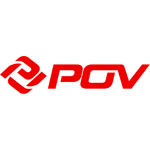
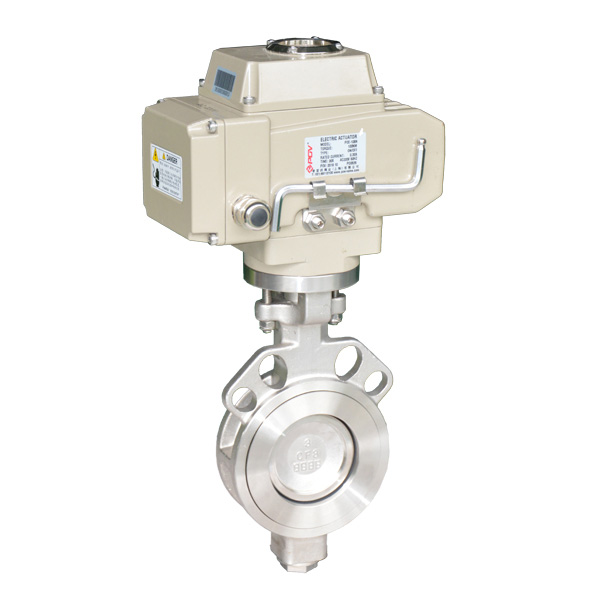
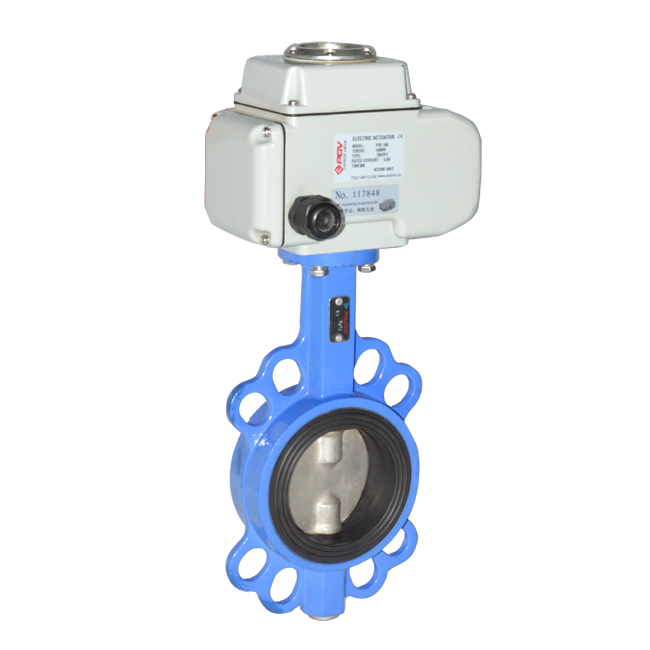
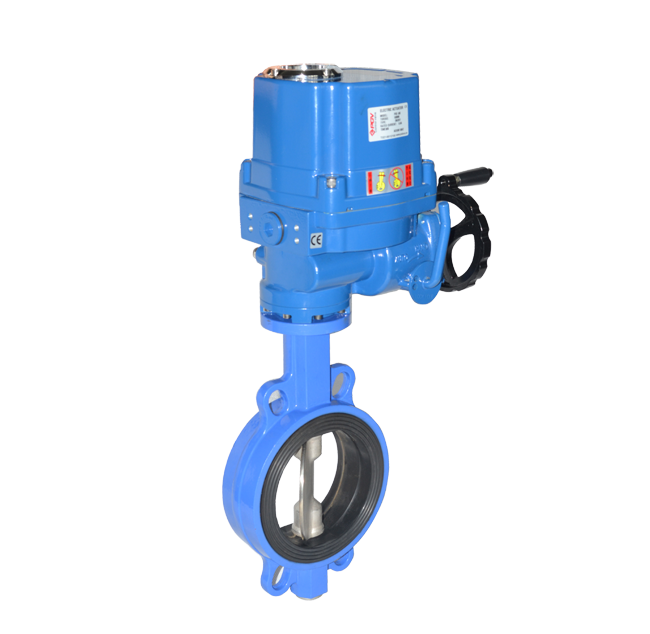
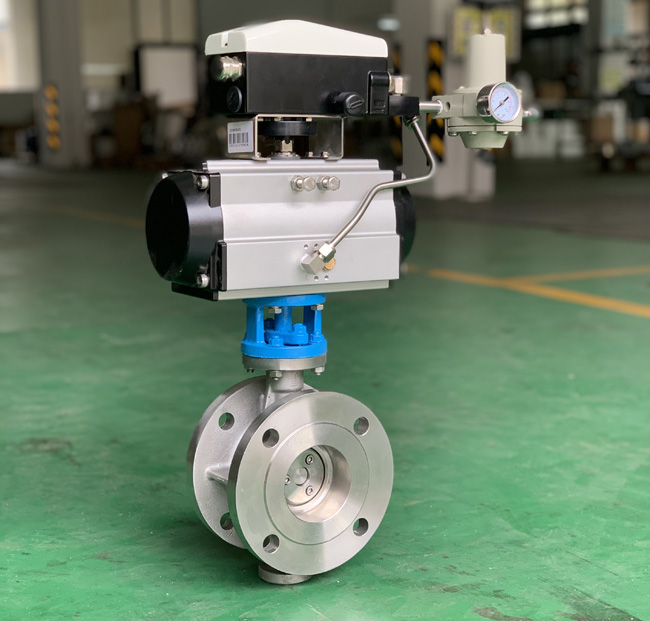

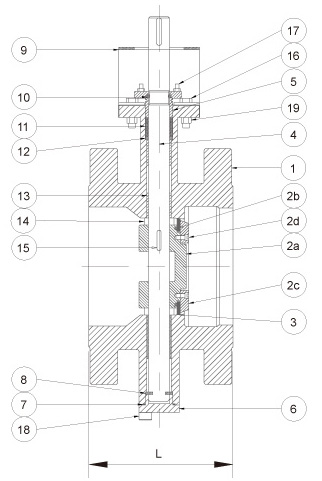
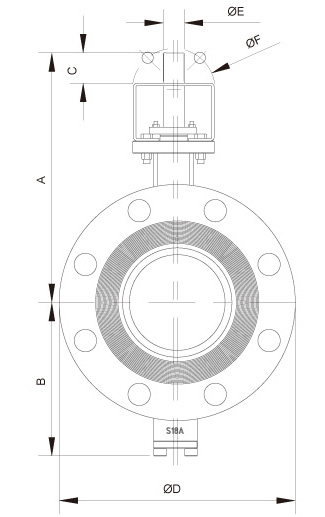
-150x150.jpg)
